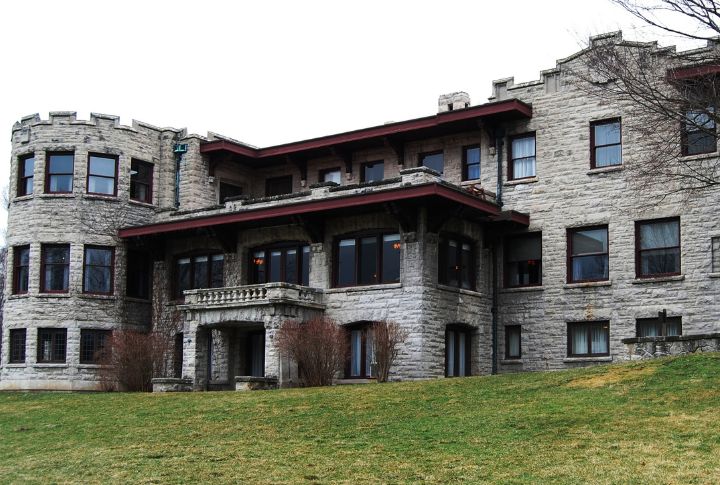
Henry Ford, the visionary who transformed the automotive industry with the Model T and the assembly line, amassed significant wealth. Beyond his industrial achievements, Ford’s life was marked by a series of homes—some he owned, others he simply inhabited. From a modest farmhouse to opulent mansions, we analyze 15 of Henry Ford’s residences during his lifetime.
Ford Home, Dearborn, Michigan
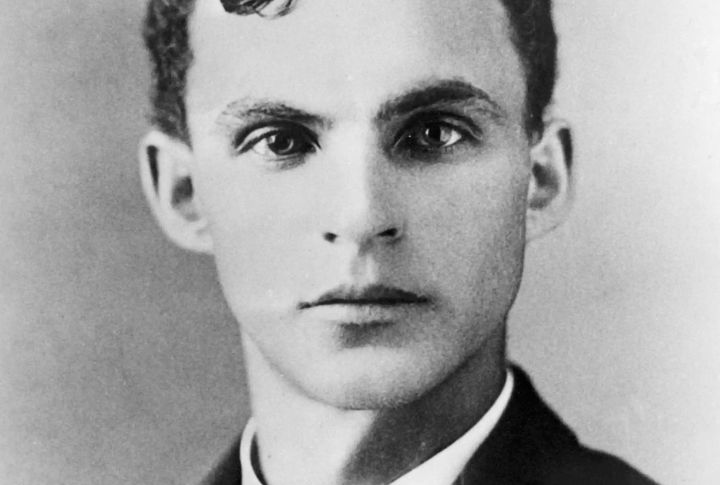
Henry Ford was born in this modest farmhouse near the intersection of present-day Ford and Greenfield Roads in Dearborn, Michigan. In 1919, he initiated the restoration of his birthplace, refurbishing the farmhouse and its surrounding buildings. 25 years later, the house was relocated to his outdoor museum in Greenfield Village.
The Ford Plantation, Richmond Hill, Georgia
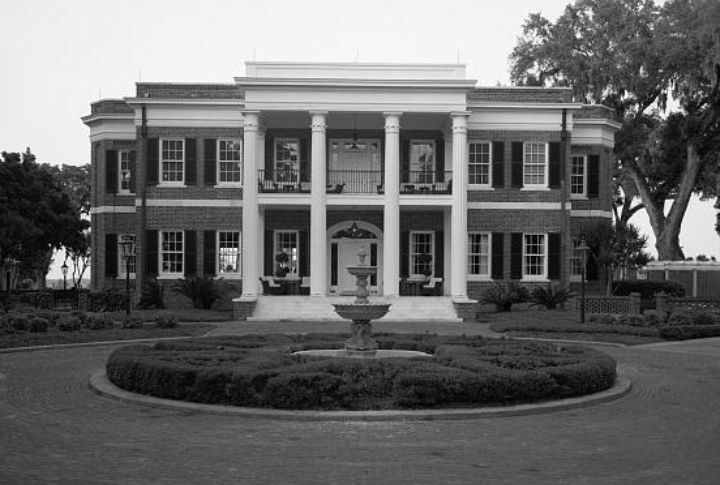
This expansive winter retreat featured a 7,000-square-foot main house, vast rice fields, and a private yacht dock. The property later became a luxury community known as The Ford Plantation, spanning around 85,000 acres and offering residents improved amenities. Today, the mansion named Cherry Hill House is part of the Ford Field and River Club.
Henry Ford Square House, Garden City, Michigan
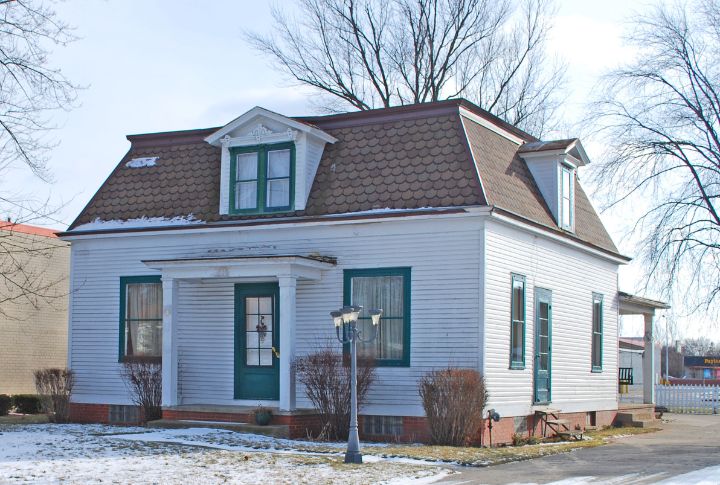
Henry Ford’s Square House was constructed in 1889. The 31-foot-square residence was designed by Clara Ford and built by Henry using lumber from his sawmill. The Fords resided there until 1891, retaining it as a summer cottage until 1937. In 1944, the house was moved to Greenfield Village for preservation.
58 Bagley Avenue, Detroit, Michigan

In 1893, the Fords moved into this Victorian rowhome, where Henry Ford began turning his dream of a horseless carriage into reality. Behind the house, in a brick storage shed converted into a workshop, he built the Quadricycle in 1896—a four-horsepower vehicle with bicycle wheels that marked his first automotive success.
Bagley Avenue House, Detroit, Michigan

This modest building on Bagley Avenue is where Ford built his first automobile, the Quadricycle, in 1896. While the original structure was moved to Greenfield Village as part of The Henry Ford Museum, its historical significance endures as the birthplace of Ford’s automotive innovations.
Wayside Inn, Sudbury, Massachusetts
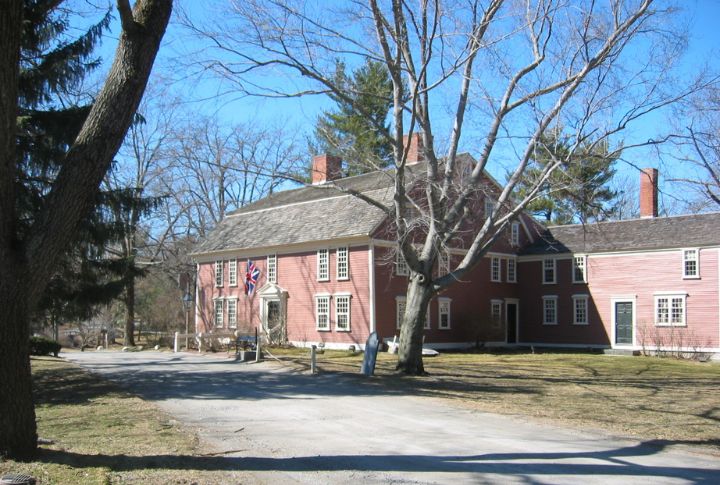
Henry Ford purchased this historic 18th-century inn in 1923, restoring it and changing it into a living museum. The building had been in operation since 1686 and hosted notable guests like George Washington. Ford’s passion for preservation led him to expand the property with a working gristmill and schoolhouse.
The Lovett House, Dearborn, Michigan
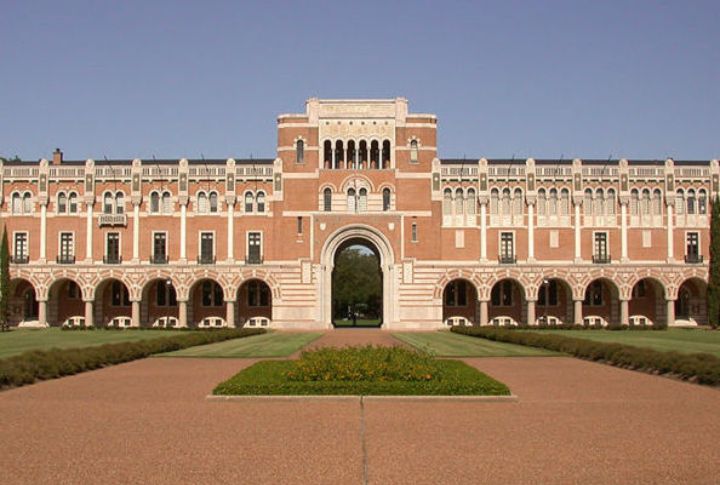
Lovett Hall, built in the 1930s, hosted many dances led by Ford’s friend and dance instructor, Benjamin Lovett. The ballroom features polished Burmese teak floors, crystal chandeliers, and a balcony that exudes elegance and artistry. Now, Lovett Hall serves as a venue for weddings and private events, accommodating up to 300 guests.
The Mangoes, Fort Myers, Florida
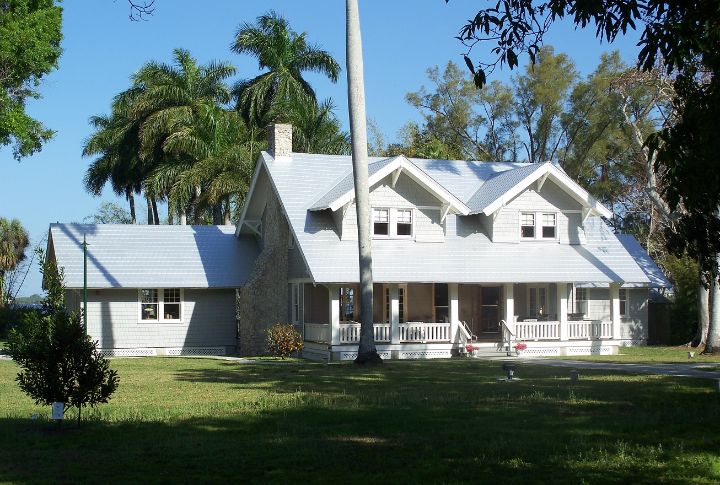
Henry and Clara Ford purchased The Mangoes in Fort Myers, Florida, for $20,000. The two-story Craftsman bungalow had lush grounds with citrus trees and tropical plants and was adjoined to Thomas Edison’s winter home. Today, Mangoes is part of the Edison and Ford Winter Estates, a museum open to the public.
Huron Mountain Hunting Lodge, Michigan
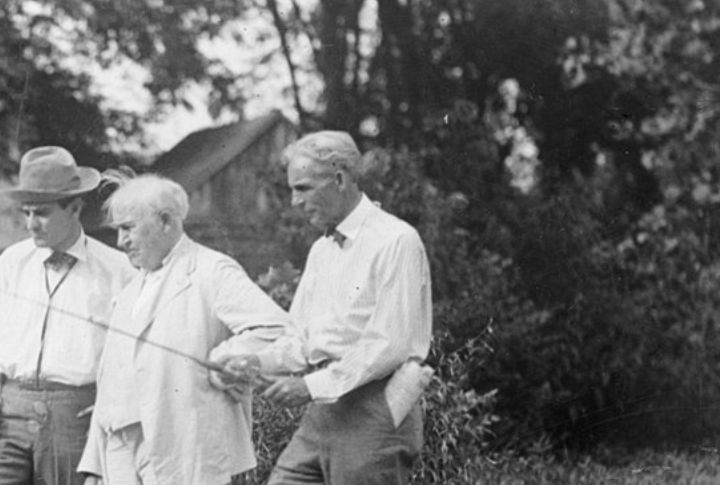
Situated in Michigan’s Upper Peninsula, this lodge was built by Henry Ford for hunting and fishing. The cabin is set amidst pristine wilderness, highlighting Ford’s love for nature and retreating into solitude far from the industrial bustle. He was photographed hand-feeding a deer in 1945, two years before his demise.
The Seminole Lodge, Fort Myers, Florida
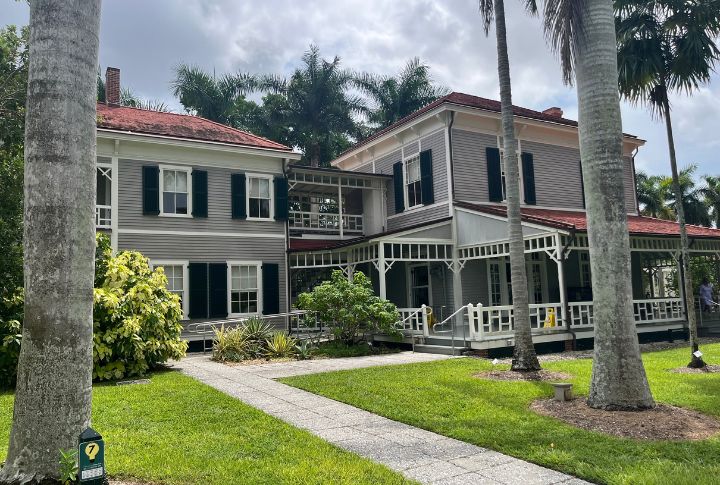
Although it belonged to his friend and mentor, Thomas Edison, Ford occasionally rented this house, known as the Seminole Lodge. The property boasted a main house, a guest house, a caretaker’s house, and a laboratory. In 1947, Mina Edison donated it to the City of Fort Myers, and it was subsequently operated as a museum.
332 Hendrie Avenue, Detroit, Michigan
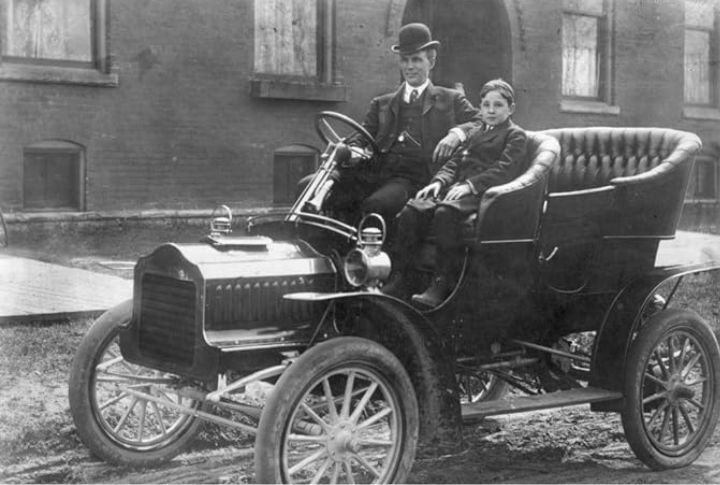
One of the habits Henry Ford formed in his early days with his company was renting houses around Detroit. This house on Hendrie Avenue was one of them, and the Fords lived here from 1901 to 1905. Nothing is known about it besides the iconic photograph of Ford and his son Edsel sitting outside the building in a Ford Model F.
582 West Grand Boulevard, Detroit, Michigan
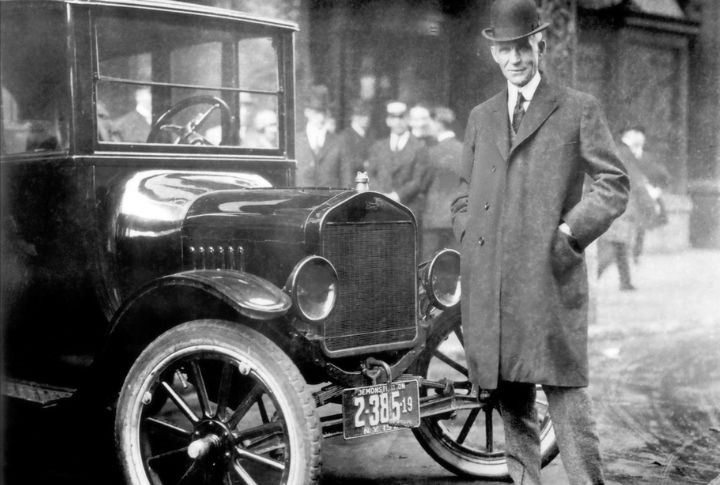
This home was owned by Henry’s father, William Ford. Henry lived there with his family from 1900 to 1901. According to recent records, 582 West Grand Boulevard is a single-family home on a 3,223-square-foot lot. The original structure may no longer exist due to Detroit’s significant urban development over the past century.
66 Edison Avenue, Detroit, Michigan

In June 1908, Henry Ford and his family moved into this newly constructed home in Detroit, Michigan. Designed by architect William Higginbotham, the Italian Renaissance Revival-style property included a 7,200-square-foot main residence and a carriage house. The Fords lived there until their relocation to Fair Lane estate. In 2022, the property made headlines as its new owners put it up for sale.
140 Edison Street, Detroit, Michigan
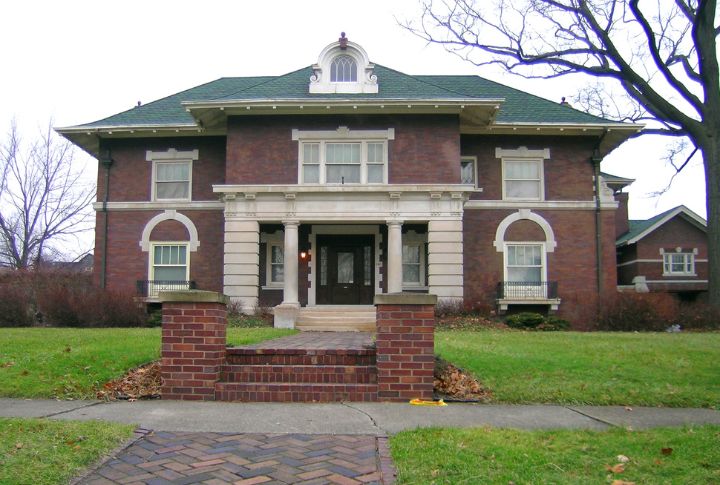
Built in 1908, this 8,863-square-foot house in the Boston-Edison district was the Ford family’s home until 1915. It features a private library, large living spaces, and a carriage house. Although it was sold in 2023 for $850K, this residence remains a symbol of Ford’s early success and business endeavors in Detroit.
Fair Lane Estate, Dearborn, Michigan
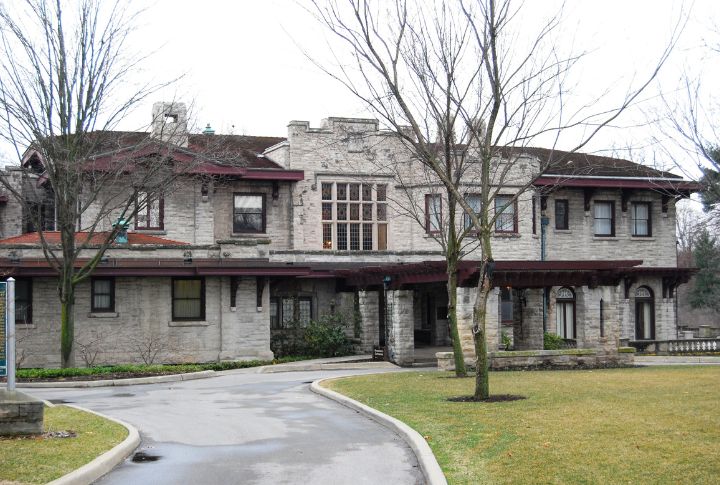
Fair Lane, the grand 56-room mansion, was Henry and Clara Ford’s primary residence from 1915. It was situated on 1,300 acres along the Rouge River and included a hydroelectric power plant, gardens, and a laboratory. Today, Fair Lane is a National Historic Landmark, where visitors can see Ford’s last home.

